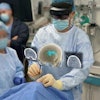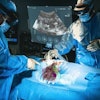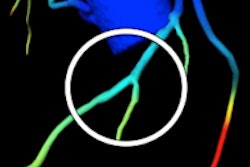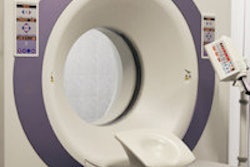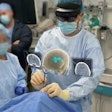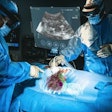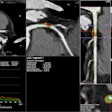Dear Advanced Visualization Insider,
Complex surgical planning is where the medical imaging rubber hits the road, so to speak. Plan it right and even the shakiest critical care case might turn out all right. Use the wrong images and things could go south.
Hoping to avoid the latter scenario as much as possible, surgeons at Houston Methodist Hospital have banded together to build a high-tech surgical planning suite, called Plato's Cave, where they can assemble the best image reconstructions and practice their surgery well before most patients get to the operating table. Find out how it works in this issue's Insider Exclusive.
In breast imaging, a new study from South Carolina delivered a rare loss for computer-aided detection (CAD), which has a solid history of helping radiologists improve their detection of solid tumors. Applied to full-field digital mammography, however, CAD showed no overall improvement in breast lesion detection. What happened? For clues, look here.
Things are different in the coronary arteries, where the first published study using a new software-based technique for calculating fractional flow reserve (FFR) from CT scans showed accuracy as high as that of invasive FFR, while being easier to use than other software-based tools. Learn all about this new effort to determine the significance of coronary artery stenosis noninvasively by clicking here.
At the recent American Society for Radiation Oncology meeting in San Francisco, radiologist and former RSNA president Dr. Hedvig Hricak, PhD, talked about a historic convergence of specialties in medicine, and how advanced imaging techniques in MRI, CT, and molecular imaging are creating myriad ways to assess tumor type, severity, and aggressiveness. But there's a thorn in this rosy scenario, as you'll read in our article.
Meanwhile, in Michigan, researchers are gearing up to handle boatloads of new lung cancer screening subjects who need to be scanned and followed up. Funded by the U.S. National Institutes of Health, they aim to slash the computer time needed for image reconstruction by making the process more computationally efficient and giving readers exactly what they need for a diagnosis. Find out more here.
We invite you to scroll through the links below for the rest of the news in the Advanced Visualization Community, and if there's a topic you'd like to see covered, drop me a line.
